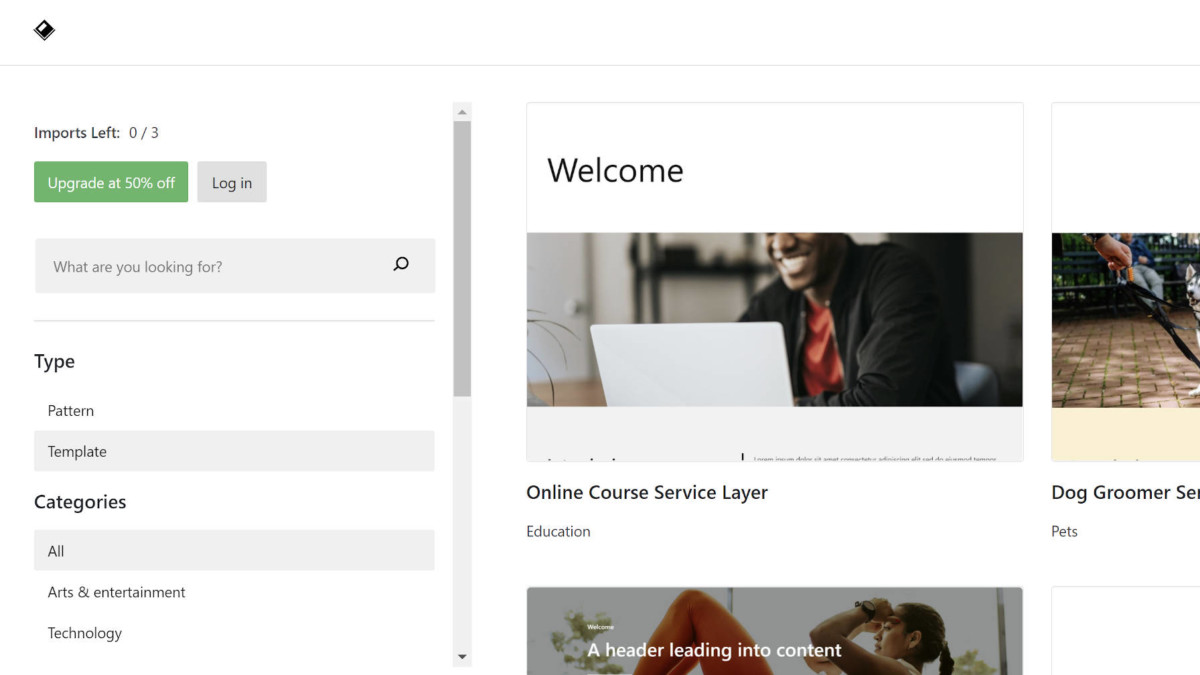With the release of Editor Plus 2.7 in recent weeks, Extendify stamped its brand name on the plugin. The company officially acquired the plugin months ago. However, this was its first public outing as the new owner of a project that has seen a steady uptick in its popularity, recently surpassing 5,000 active installations.
Extendify was busy in late 2020. The company quietly purchased the Redux Framework in November. Dōvy Paukstys, the creator, remained on board part-time with the financial backing needed to continue the project. In December, Extendify joined forces with Munir Kamal and his team behind Editor Plus and Gutenberg Hub.
“Our mission is to turn WordPress into a superpower for entrepreneurs around the world,” said Extendify co-founder Chris Lubkert. “As you know, despite its unrivaled popularity, many users still struggle to use WordPress to create the site they need. We see tremendous potential to empower WordPress users to create a Gutenberg-native website in a few clicks. By bringing together Redux, Editor Plus, and Gutenberg Hub, we have the foundational pieces to create a world-class onboarding and site-building experience.”
There are no plans to build a “super” plugin that combines Editor Plus and Redux. Gutenberg Hub will continue providing resources to help users leverage the block editor.
“Currently, the Redux template library and the library in Editor Plus are separate,” said Lubkert. “But we are heavily investing in making the Extendify library the best solution for users and eventually plan to introduce this to the Redux user base as well.”
Extendify’s first public act as Editor Plus’s owner was not to introduce new features in its recent major-release, version 2.7. Instead, users were presented with a limitation on features they previously had access to for free.
Version 2.7 limits the template and pattern inserter, introduced in 2.6, to three imports. Beyond that, users must upgrade to one of the Extendify Pro paid tiers. The single-site option is $99 per year with an introductory rate of $49. The unlimited sites tier is $299, and it currently has a $149 limited-time offer.
 Template and pattern inserter.
Template and pattern inserter.
At first glance, it seemed like a cash grab from new owners. There were no public announcements or explanations for the change outside of a minor note in the plugin’s change log — just new ownership and upsells. Lubkert said he plans to rectify this by publishing an announcement post next week.
Extendify had already been involved with new feature development for months. The API behind the template inserter was coming from their server in Editor Plus 2.6. It was the groundwork for Extendify Pro, but it was also still under development.
“We’re a small, nimble team, and it was a development timing issue,” said Lubkert. “We finished the library approximately three weeks before we finished paid plans, and we certainly didn’t want to delay users getting their hands on the library while we finished up work on Extendify Pro.”
Users will not lose any previously-imported templates. However, importing anything beyond three additional templates in Editor Plus 2.7 or newer will require a purchase of Extendify Pro for an API key.
“We are now offering an added layer of value for users who want to benefit from the power of Editor Plus but may not be in a position to use it to create their site from scratch,” said Lubkert. “For those users, we are creating the most beautiful and effective Gutenberg-native templates, built with Editor Plus, as part of the Extendify Pro template library. As you know, we launched the initial beta version a few weeks ago. A subscription is required for unlimited access to the library, but all users can import any three templates or patterns for free.”
With the launch of the template inserter in 2.6, there was no public mention of it being a beta version.
Templates and patterns from Gutenberg Hub remain free. Users can still browse the site, copy a template code snippet, and paste it into the block editor.
The team removed the custom blocks extension in Editor Plus 2.7.1, released earlier today. This feature allowed end-users to copy blocks from the Gutenberg Hub block library, paste them into the plugin, and save them for use on the site. Users could also add custom blocks via this settings screen.
 Removed custom block feature.
Removed custom block feature.
“The custom block feature in Editor Plus was an experiment that was pretty cool, actually,” said Lubkert. “However, [Kamal] suggested removing it from Editor Plus since it is now very similar to the reusable block functionality in core. We want Editor Plus to push the envelope of what is possible with Gutenberg, and having a duplicate feature that is available in core doesn’t add real, incremental value for our users.”
Updating to 2.7+ will also likely deactivate the plugin for end-users. The primary plugin filename changed from index.php to editorplus.php. Developers should generally avoid doing this because WordPress uses this filename to determine if a plugin is active.
I remain optimistic about Editor Plus’s future now that it has the financial backing it deserves. Having been an early supporter of the project, I knew this day would come. Nearly every time I spoke with Kamal in the past, I asked him about plans for monetizing the product. It had grown beyond what one developer could reasonably handle and scale without a business plan in place.
“We agree with your sentiment that WordPress projects need to generate revenue in order to fund the development of truly transformational experiences,” said Lubkert. “We have been investing in our team as well. Tammie Lister joined us as Head of Design. We’ve also added engineering, support, and QA team members.”
Like this:
Like Loading…





